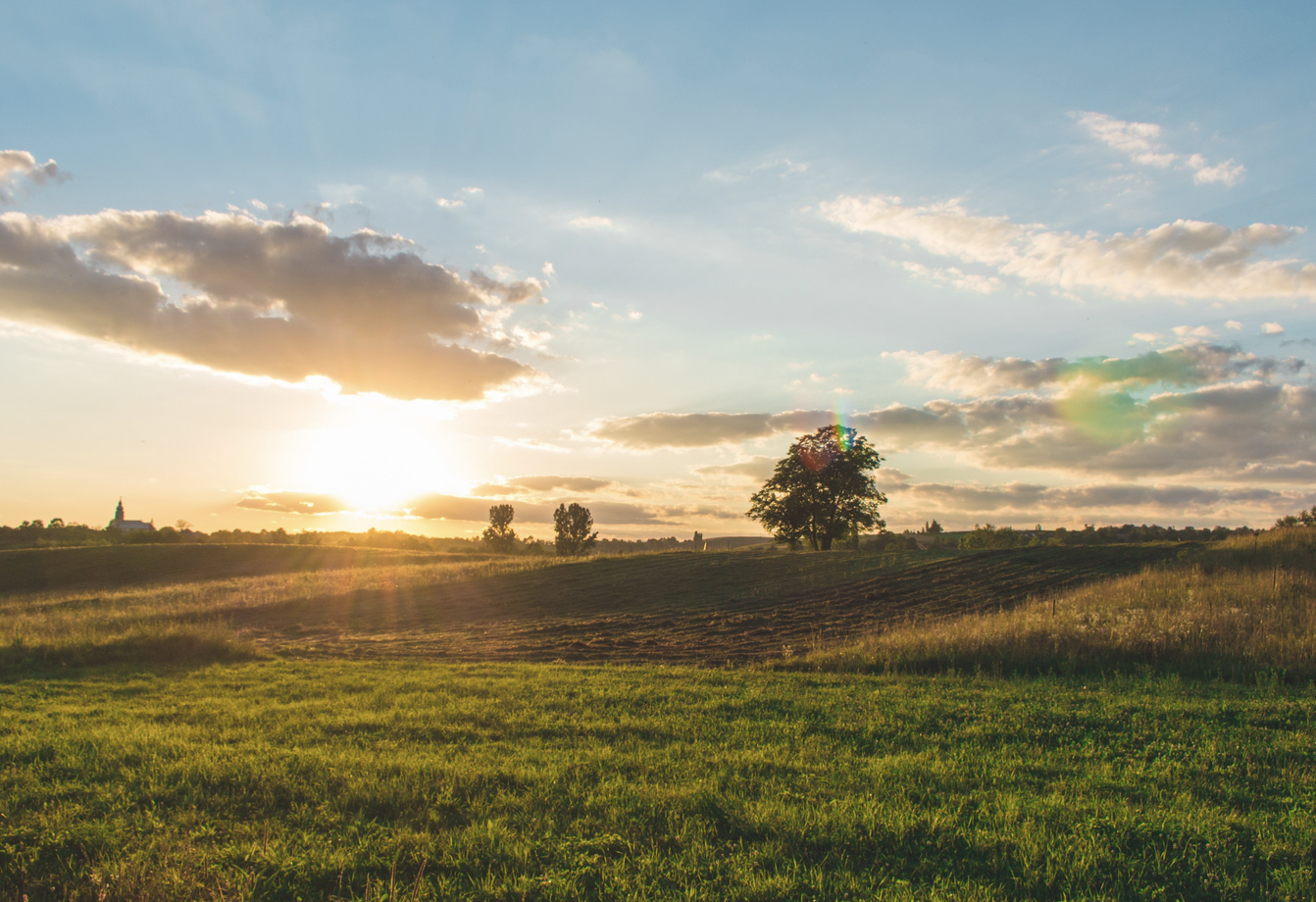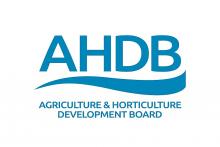The AKIS concept has become an established framework to analyse innovation processes in the domain of agriculture from a system perspective. It envisages a system in which, in addition to farmers, extension, education and research also comprises input suppliers, food processors, retailers, consumers and various supporting services such as accountants, banks, media, etc (EU SCAR, 2013).
It is useful for researchers and other stakeholders to understand the many players and their connections. Although AKIS are dynamic, the one for UK was mapped as part of the EU funded Proakis project in 2013.
EU, 2013. Agricultural Knowledge and Innovation Systems Towards 2020–an Orientation Paper on Linking Innovation and Research. European Commission, Brussels








